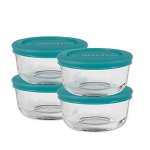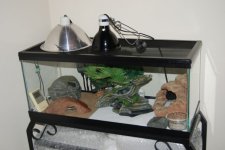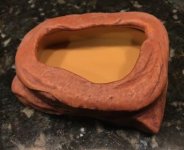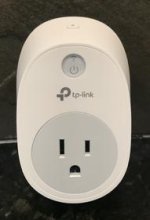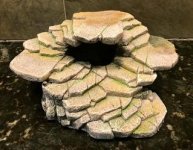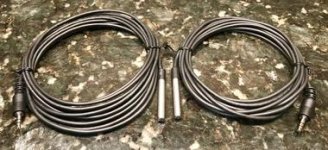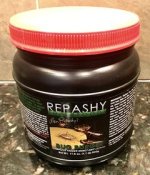GeckoFanboy
Member
I'd leave that cool hide alone. Don't tape it up. Your gecko will get use to his new environment. Just make sure you place it against the side of the tank that is more hidden from view, bright light, loud noise, kids bothering it alot. The gecko is going to sleep in this, so he's not going to go into it if it's full of distractions to stress him out. Basically, you need to decide which side warm and cool are going on...sounds like this cool hide will make that decision for you.
Those lamps can "cook" your tank. Just make sure it's a very low watt bulb, or hook a dimmer switch to it and lower the light/temp down. Keep that light over on the cool side, because if it's over on the warm side it's going to get too warm. The light should be strictly used to let your gecko know it's daytime only. It's not for heat or basking at all. They truly don't need lights on their tanks. They just need that 88-92° floor temp in their warm hide for belly heat to aid digestion.
DON'T put a second heat mat on the tank. The cool side should be in the mid-late 70's, and it will be, as long as the heat mat is all the way over to one side, and the tank light isn't hot. Let's put it this way...I have a tiny 10 gallon tank and I am able to keep my warm side at 88-92° and my cool side 75-78°. My gecko is nice and comfy and can go to either end of the tank to get warm or cool off. Like I said, if your cool side gets too cool, ditch the light bulb and replace it with a ceramic heater bulb...put a dimmer switch on it and you can keep the temps on the cool side where you need them. No need at all for a 2nd heat mat...trust me.
Those lamps can "cook" your tank. Just make sure it's a very low watt bulb, or hook a dimmer switch to it and lower the light/temp down. Keep that light over on the cool side, because if it's over on the warm side it's going to get too warm. The light should be strictly used to let your gecko know it's daytime only. It's not for heat or basking at all. They truly don't need lights on their tanks. They just need that 88-92° floor temp in their warm hide for belly heat to aid digestion.
DON'T put a second heat mat on the tank. The cool side should be in the mid-late 70's, and it will be, as long as the heat mat is all the way over to one side, and the tank light isn't hot. Let's put it this way...I have a tiny 10 gallon tank and I am able to keep my warm side at 88-92° and my cool side 75-78°. My gecko is nice and comfy and can go to either end of the tank to get warm or cool off. Like I said, if your cool side gets too cool, ditch the light bulb and replace it with a ceramic heater bulb...put a dimmer switch on it and you can keep the temps on the cool side where you need them. No need at all for a 2nd heat mat...trust me.
Last edited:


